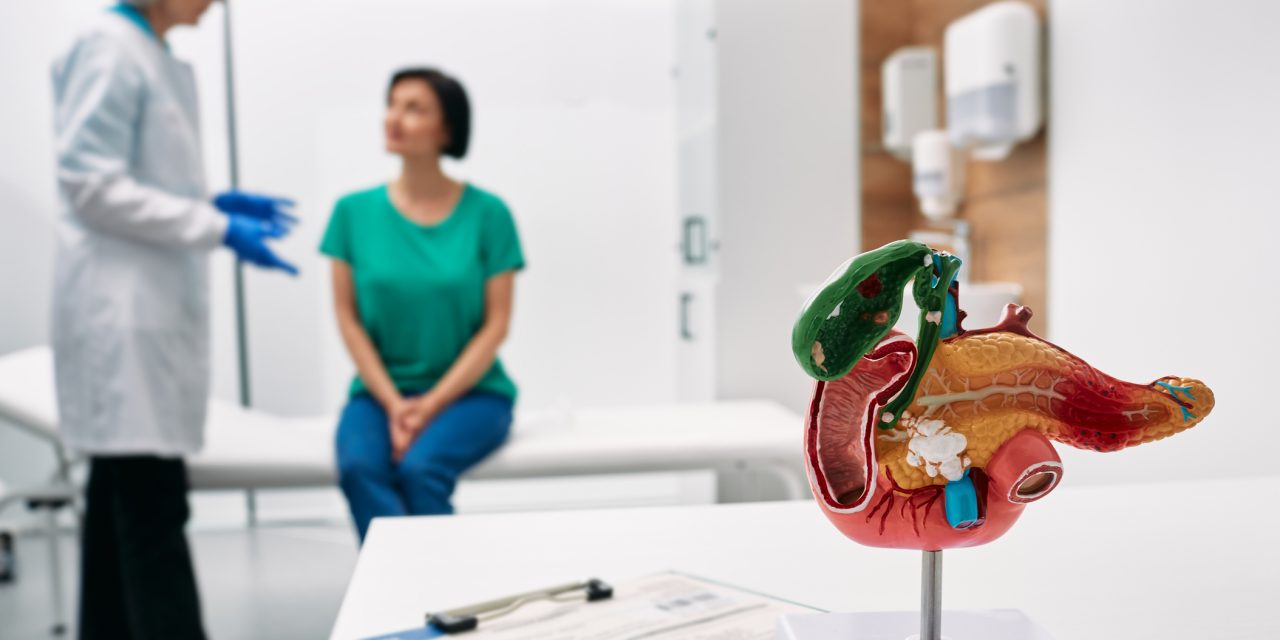Patients with osteoporosis often take oral bisphosphonates with food, rendering these medications ineffective. This study compared the relative absorption of four formulations of gastro-resistant (GR; formulations 1-4) risedronate 35 mg versus immediate-release (IR) risedronate 35 mg taken fasted. Secondarily, it compared the relative absorption of GR formulations administered fed and fasted, and determined the site of disintegration. Healthy participants (N = 160) were randomized to one of nine treatment groups: IR risedronate taken fasted (group A) or formulations 1-4 taken fasted or fed (groups B-I). Fasted groups fasted for 8 h pre-dose and 4 h post-dose. Fed groups fasted for 7.5 h, then took risedronate with breakfast. Urine was collected until 72 h post-dose and analyzed using liquid chromatography. From each group, up to seven participants underwent scintigraphic monitoring to assess tablet disintegration. The percentage of total dose recovered in urine (A’ ) was ~0.5% for group A. The A’ of formulations 1-4 taken fasted was 0.220% (90% confidence interval 0.124-0.389), 0.298% (0.122-0.730), 0.154% (0.090-0.264), and 0.108% (0.051-0.231), respectively. With food, the A’ of formulation 1 decreased least versus fasted (-27%) compared with the A’ of formulations 2, 3, and 4 (-73%, -80%, and -65%, respectively). Formulations 1-3 disintegrated in the small intestine, formulation 4 closer to the large intestine. All GR formulations were well tolerated and in line with the known safety profile for IR risedronate. Formulation 2 had the highest absorption when taken fasted, whereas the absorption of formulation 1 was least affected by food.© 2022 The Authors. Pharmacology Research & Perspectives published by John Wiley & Sons Ltd, British Pharmacological Society and American Society for Pharmacology and Experimental Therapeutics.
An open-label randomized study of the relative absorption of gastro-resistant risedronate taken fasted or with food versus immediate-release risedronate.


